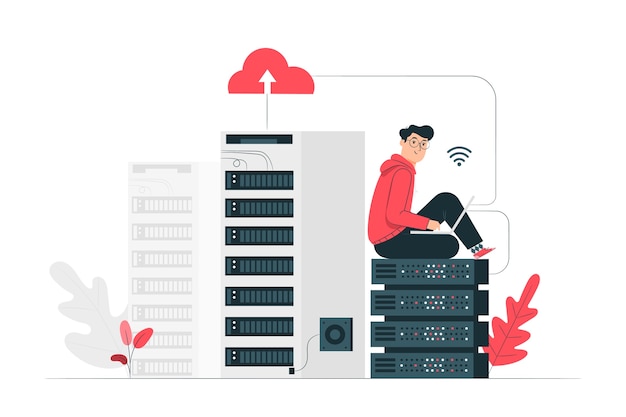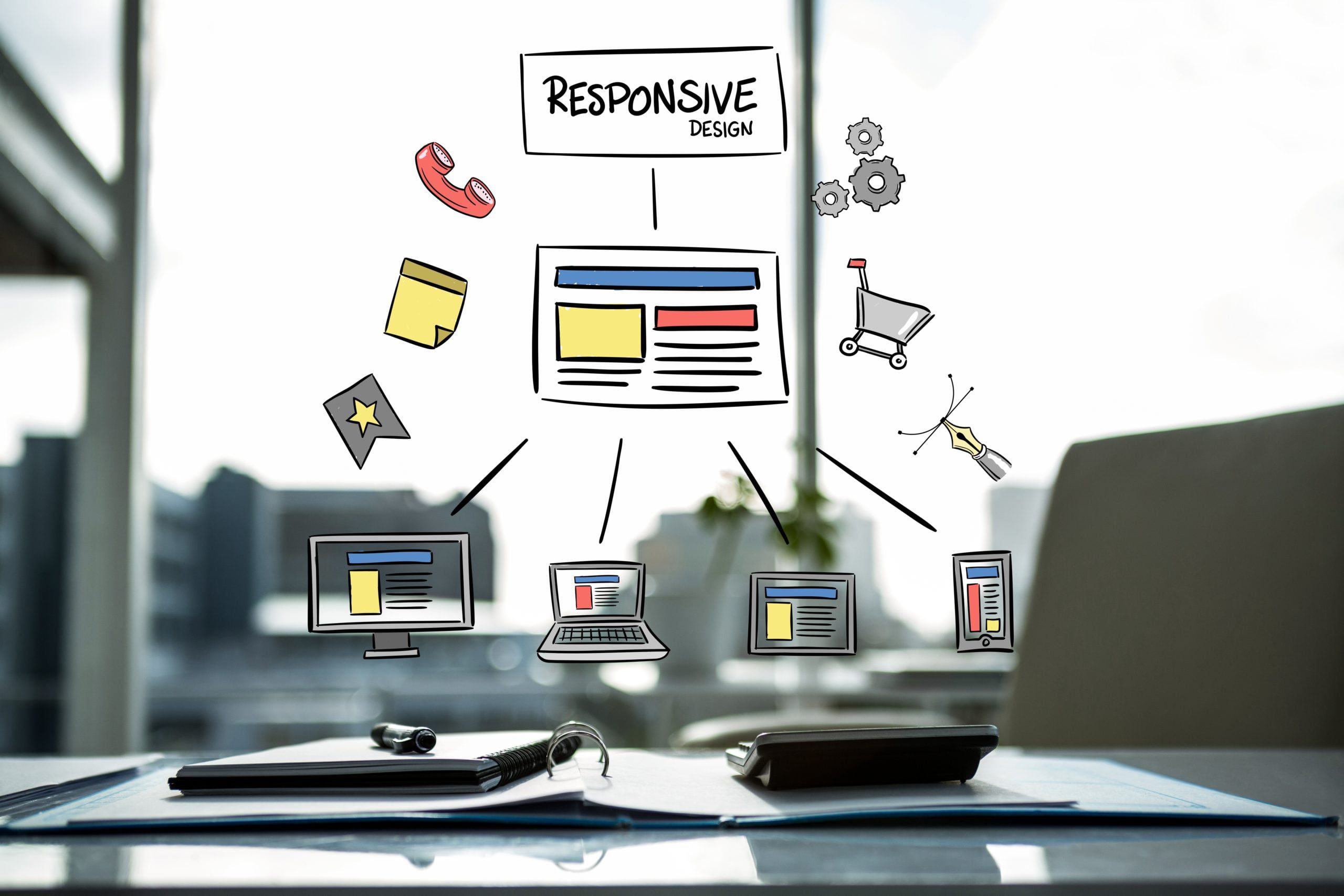WordPress is widely recognized as the go-to CMS platform. Thanks to this platform, you don’t have to be a pro to create your website. Did you know you can also use WordPress to create intranet sites? In this article, we’ll tell you about the WordPress intranet site, including the different methods to make it.
Defining WordPress Intranet
WordPress intranet is an internet setup hosted on the popular content management system, WordPress.
An intranet is a private network that only a specific organization or business and its employees can access. Meanwhile, extranets are different from intranets since they allow some entities from outside the company, such as clients or suppliers, to access them.
If you’re planning to create a WordPress intranet site, you should know the following advantages you’ll receive. Your WordPress intranet site is capable of:
- Serving as a project management tool: Your organization can facilitate collaborations between team members by adding functions such as discussion dashboards, task management, and file sharing to their WordPress intranet site.
- Improving Communication: Your WordPress intranet site can be utilized for socialization purposes. It erases the barriers and distance between employees, fortifying their team spirit and sense of camaraderie.
- Acting as a central hub – your WordPress intranet site can be a place for staff members to view and host business documents and company news. New employees can also locate training content, videos, and orientation checklists at this central hub.

Steps on Setting Up Your WordPress Intranet Site.
Even though the developers did not make WordPress to be an intranet platform, it possesses plenty of features that allow it to run efficiently.
The Two Main Ways You Can use To Create a WordPress Intranet Site.
Before creating a WordPress intranet site, you should try to get a rough framework of the different plugins that will power it. Afterward, you can decide between two main approaches to creating a WordPress intranet site.
Your chosen method should mainly be based on whether or not you need users to access the intranet even when they’re not at the office.
If you want a true intranet platform that can only be accessed when connecting to your local network, you can use a localhost solution like WAMP or XAMPP.
Meanwhile, if you want to let users access the intranet site outside your local network, you can choose a hosted WordPress install and secure it via a plugin such as All-In-One Intranet.
Steps In Creating A WordPress Intranet Platform Via XAMPP (Or Another Localhost Solution)
This method will run a WordPress install through a local server solution. For this tutorial, we’ll use XAMPP, but you can utilize anything similar when you’re building one yourself.
Benefits of This Method:
- Access to the WordPress intranet site is limited to the people on your network.
- As long as your network is secure, you won’t have to worry about locking down user roles.
Limitations of This Method:
- A computer that’s always running is necessary to run the local host.
If users aren’t connected to your local network, they won’t be able to access your WordPress intranet site.

Step 1: Install WordPress and XAMPP On Your Computer
To start things off, you will need to install XAMPP on the pc that you want to use to run your intranet.
After installing XAMPP, you need to create a fresh WordPress install on your XAMPP localhost.
The fresh WordPress install will power your WordPress intranet platform, so it’s where you’ll want to set up your themes and/or plugins:
If you aren’t sure how to install WordPress or configure XAMPP, you can find helpful tutorials from WPMU DEV or ThemeIsle.
Step 2: Set Up A Virtual Host
The next step involves setting up a virtual host in the Apache config file in XAMPP. It allows your web server to handle requests for an actual URL- such as intranet.local.
To perform this step, head to …\xampp\apache\conf\extra\httpd-vhosts.conf and edit the httpd-vhosts.conf file.
This snippet needs to be added to ensure the DocumentRoot is replaced with the actual folder structure where you installed WordPress and ServerName with the URL you wish to use for your intranet:
<VirtualHost *:80>
DocumentRoot “\xampp\htdocs\example”
ServerName intranet.local
</VirtualHost>
Step 3: Locate IP Address For Localhost Server
After you have your WordPress intranet site successfully operating on XAMPP, your next step is to find the LAN IP address of the pc hosting the localhost site to give the other users on your network access to the WordPress install.
Here are the steps you need to perform to find this on Windows 10:
To locate this on Windows 10:
- First, right-click on the Windows Start button to bring up the hidden quick access menu.
- Next, Choose Windows PowerShell (Admin)
- Type in ipconfig in PowerShell and hit enter.
- Lastly, look for the IPv4 Address in the text that pops up and copy the value.
Other users who wish to access this site must use this IP address.
Step 4: Make Prettier Links By using Hosts File.
After performing the previous steps, you can edit the hosts file for all the computers connected to the network to make your Internet platform more accessible on intranet.local instead of 192.168.1.253.
To do this step, open your host file:
- Windows: \Windows\system32\drivers\etc\hosts
- Mac: /private/etc/hosts
This snippet needs to be added to ensure the IP address is replaced with the IP address of your XAMPP computer:
192.168.1.253 intranet.local
After successfully executing this step, users should be able to access your WordPress intranet site by typing intranet.local into the address bar of their browser.
Step 5: Make Your WordPress Intranet Site Your Own By Finishing Up The WordPress Install.
At this point, you’re pretty much all set up! All you need to do is install the required WordPress theme and/or plugins to get the functions and features you wish for your WordPress intranet site.
Creating A WordPress Intranet Site using a Plugin
In this method, you’ll build a normal WordPress install hosted on a public-facing server. Afterward, you’ll use the All-In-One Intranet plugin to secure your intranet and include privacy controls to block outsiders from gaining access.
You’ll get enough flexibility for single-site installs using the free version. However, if you plan to use WordPress Multisite to run your intranet, you’ll surely want to get the premium version for plenty of features specific to Multisite.

Benefits of This Method:
- Since your WordPress intranet site is hosted on an external server, you won’t have to worry about your intranet site going down if somebody accidentally turns off the wrong pc.
- People can log in from anywhere as long as they have the proper credentials for their user account.
Limits of This Method:
- Security and user access permissions will be a big concern since your site is hosted on a public server.
Step 1:Setting Up Your WordPress Install.
To begin with this method, you don’t have to do anything special. Since you’re hosting your WordPress intranet site on a public server, you’re creating a regular WordPress site from the beginning.
After you’ve created your baseline intranet site, you next have to use the All-In-One Intranet plugin to secure it.
Step 2: Configuring the All-In-One Intranet Plugin
After installing and activating this plugin, head to Settings → All-In-One Intranet to begin the configuration process.
Fortunately, there isn’t a lot to configure.
The plugin will automatically activate itself, and it will also notify you if you have “Anyone can register” turned on (which would make your site accessible to the public still):
After ensuring that registration is closed at your store, you still need to do the following:
- Select which page to take users after signing in (we recommend creating a nice “launch page” that contains all the relevant links).
- Alternatively, you can choose how long to wait before inactive users are logged out (this helps ensure someone doesn’t accidentally stay signed in on a public network.)
Ensure to save your changes. Afterward, your entire WordPress intranet site will be hidden behind the protective wall of the default WordPress login screen:
Step 3: Customizing the WordPress Login Screen (Optional)
Although this step isn’t required for creating a functioning WordPress intranet site, you can use a plugin such as Admin Custom Login to change how your login page looks if you want to add some branding to the one front-facing part of your site.
Final Thoughts On Creating A WordPress Intranet
That wraps up our big guide on creating an intranet with WordPress. Both approaches offer a viable method to create an intranet site – you just need to choose whether or not you want your site to be accessible from outside your local network.
No matter which option you choose, ensuring your site is properly maintained, and free from malware and viruses is necessary. Trust the industry experts at SecurITPress to provide hosting, maintenance, malware cleanup, website care, and support at affordable prices.
Don’t miss our WordPress maintenance plan!

